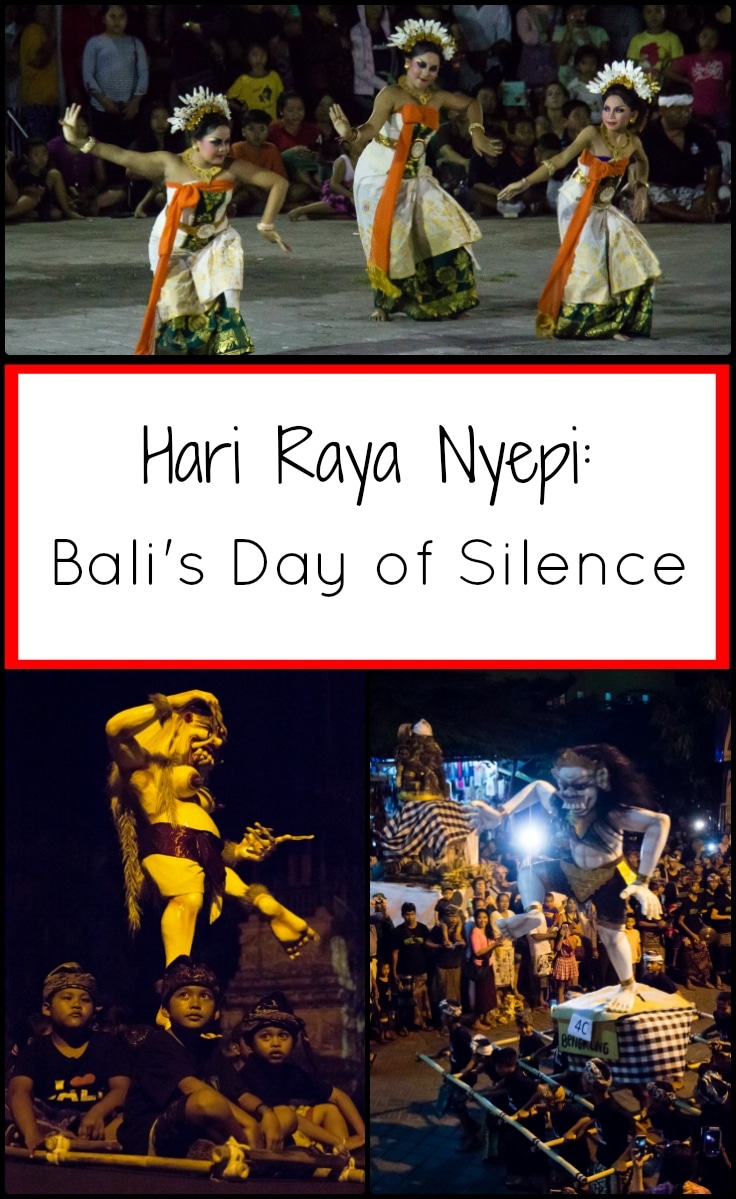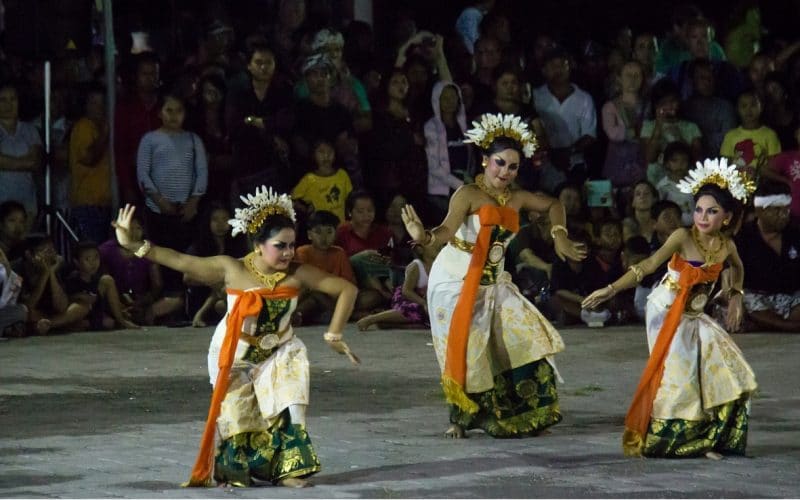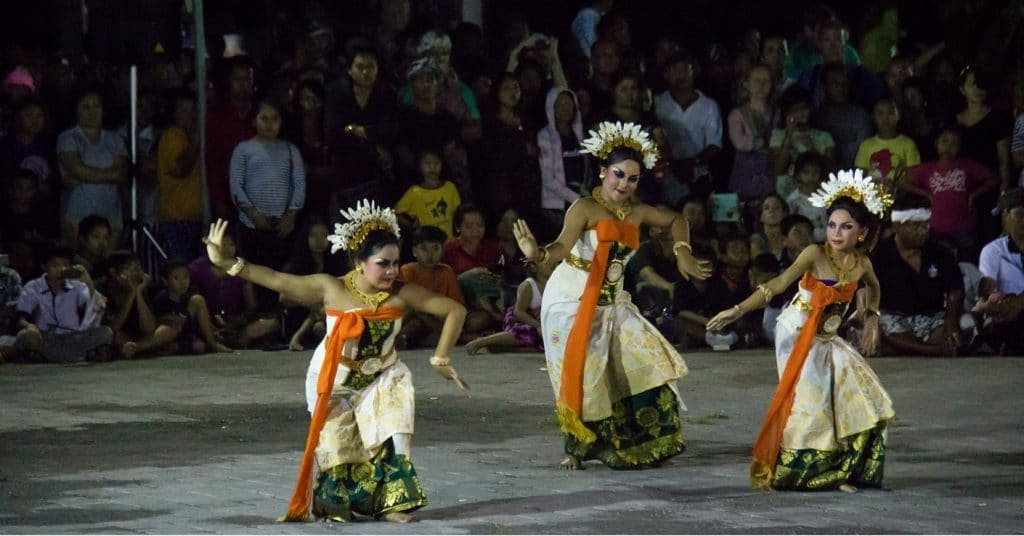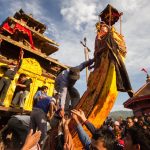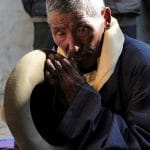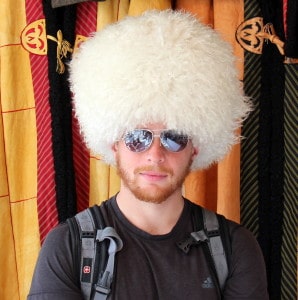Hari Raya Nyepi:
Bali’s Day of Silence
Imagine Nyepi in Bali. Picture South-East Asia. Motorbikes vie against big smoking diesel busses for space. The scream of mechanics’ tools and the barking of road-running dogs are overpowered only when you weave far into the depths of a market and the lowing of a fresh butchery or the spurious promises of top quality or specialpriceforyoumyfriend take first billing.
Now strip that all away. No traffic, no work, no commerce, no play. Not a soul on the streets, not a car on the roads, not even a single airplane landing at Denpasar airport (which, on any other average day, sees about thirty-three thousand traveling souls). One of the best surfing spots in Indonesia, brought to a standstill.
Nyepi is a day of reflection, and the sound of Nyepi is the sound of silence. No talking, no eating. No traveling, no working. No entertainment, fun, or distractions at all.
The day before Nyepi, however, is chaos.
There are girls in traditional Balinese costumes, that’s true, dancing traditional Balinese dances. But that’s the least of it. Where Nyepi is a day of holy silence, the day preceding (the Bhuta Yajna) is a day of hell on the streets; of demons on parade through the towns and village of Bali as they march slowly towards their own consumption by holy fire.
It’s also one hell of a party – easily one of the best things to do in Bali.
Nyepi is the day of silence that marks the end of one year and the start of the next; in fact a day outside the Balinese calendar that exists between years. It’s a time to reflect on time gone, to prepare for the year ahead, and to ensure that conditions are right for everyone else to do the same. The social mores surrounding the holiday are so stringent, in fact, that even non-Hindus and non-Balinese are bound by them. The doors of hotels are locked, and nobody is allowed to leave. The beaches are roped off, and nobody is allowed to appear. Windows are closed to keep in sound, shades are drawn to keep in light, and all but the most necessary of emergency vehicles are barred from the streets. All of it, of course, to prevent re-attracting the attention of the island’s many demons who were only banished the night before: the ogoh-ogoh.
On the eve of Nyepi, through all the towns and villages of Bali, demons walk the land. They may only be made of paper mache, and carried on the backs of men, but they represent something far more sinister. As night falls these demons wander the streets, stalk the towns, scream and cry and speed through cities as manifest representations of all that is evil and impure and spiritually polluted. They parade through intersections, cavort through the streets, and gather in the central square before being finally banished from Bali by the purifying touch of fire.
The end of the night, the down of the holy day, sees whole villages gathered together to watch as demons great and small go up in flames. But not until they’ve shown off the result of weeks of hard work; small boys carrying the tiniest of demons as grown men parade through town lugging giant beasts enthroned atop mighty chariots. Brief interludes of beautiful girls in ornate costumes dancing to the sounds of the gamelan, but then more demons and more fire and more revelry and celebrating. And all too soon, the spirits are banished and the night is done, and the day of silent contemplation begins.
Another Nyepi in Bali; the Island of the Gods.
Practical Details
Getting There:
Nyepi is observed all across the island of Bali, and the ogoh-ogoh parades the night before Nyepi are also widespread. The photos above are all from the village of Sanur, in the south, but all the tourist hotspots have parades and tons of other small villages will as well.
What Does It Cost?
It’s free! Hang around, have some fun, try not to be a culturally insensitive idiot by getting in the way while you’re taking photos.
Where To Stay?
If you’re gonna splurge up for somewhere nice at any point during your trip to Indonesia, this is the time to do it. You’re going to be locked into your hotel all day on the day of Nyepi; would you rather be in some sweaty flophouse in Kuta or a nice hotel with views out over the ocean? I looked mostly into where to stay in Sanur, for beach and a chilled vibe on this trip. I spent Nyepi at the Prama Sanur Beach Hotel, which was pretty solid, and I also really enjoy the Pullman Legian just outside of Kuta if you’re in that area. Top tip, though: if you’ll be in Bali for Nyepi, book somewhere decent and with good food.
When to go?
It depends. The Balinese calendar is wonky, or more properly there are two wonky calendars in use in Bali in addition to the Gregorian year. Nypei will fall on New Years’ Day of the Saka calendar, usually sometime in March to you and me. The 2020 date is March 25th, and 2021 is March 14th.
(Note that many of the above are affiliate links, which means that booking through them will help support this site at no extra cost to you. Thanks!)
Like what you see? Share it on social media!
